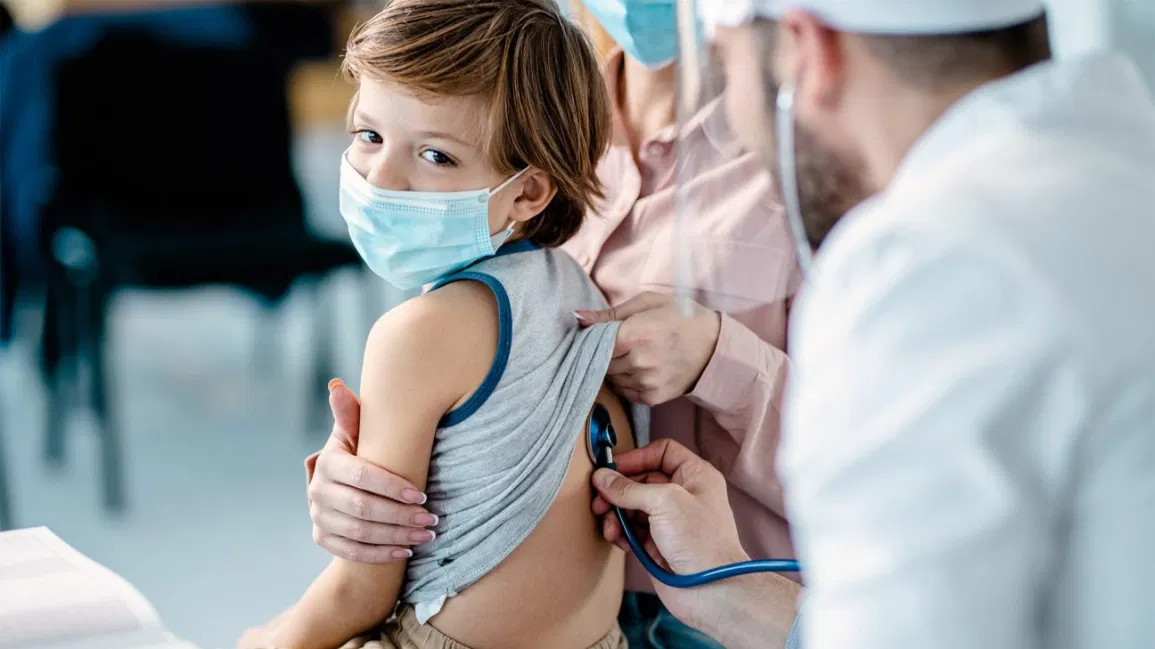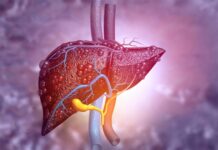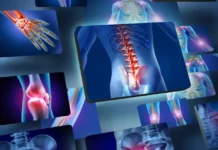Vidya Sethuraman
India Post News Service
As the COVID-19 pandemic enters its third year, school and district leaders are facing a fresh set of challenges with mask mandates evaporating across the country. California transitions its statewide universal indoor masking requirement in K-12 school settings to a strong recommendation that individuals (e.g., students and staff) continue to wear masks indoors. Nationally, more than a quarter (28.1%) of 5-11 year-olds had received at least one COVID-19 vaccine dose as of January 18, 2022. This represents just over 8 million of the approximately 28 million children in this age group in the United States.
Dr. Jennifer Miller, Pediatrician, East Bay Pediatrics said that California’s removal of the mask mandate in school has made many parents worried. On the one hand, parents are worried about the safety of their children, but at the same time, many parents are reluctant to let their children get vaccinated. The vaccine has undergone rigorous testing and clinical trials and it is completely safe to administer it for the kids. There may also be variants, so the longer the epidemic exists, the more self-protection is needed. In the end, the coronavirus may be like the flu, and it needs to be vaccinated every year.
Dr. Sohil Sud, MD, Lead, Safe Schools for All California Department of Public Health said the positive test rate has dropped and stabilized below 1%. The confirmed rate is 100,000 people and 7.6 people are infected, compared with the peak period of 10%. Hospitalizations and death rates also fell sharply. And most people have had at least one shot of the vaccine. He noted that among those eligible for vaccination, children between the ages of 5 and 11 had the lowest rates of vaccination of any eligible age group.
When making the determination of whether a local universal indoor masking requirement should be maintained or established in K-12 school settings, CDPH recommends local health and education officials confer. Reliance on the composite situation, rather than any one single factor, is recommended when making determinations.
Pandemic patterns and pathogen characteristics:
Local epidemiology, including COVID-19 case rates, test positivity, and hospitalization data; evidence suggestive of heightened in-school transmission (i.e., clear outbreaks in school and persistent transmission due to in-school exposures); and circulating variant characteristics, including concern regarding increased virulence, immune evasion, and/or treatment effectiveness.
Prevention, assessment, and treatment of COVID-19:
School, LEA and/or community vaccination rates; indoor air quality at school-based facilities, including use of recommended strategies to improve ventilation and/or filtration; availability and accessibility of masks with good fit and filtration; availability and accessibility of prompt and regular COVID-19 testing; and ability to provide treatments for COVID-19 in a timely and equitable fashion as they become available for children.
Population characteristics: Local demographics, including serving specialized populations of individuals at high risk of severe disease and/or immune-compromised populations, and any additional protective measures that can be implemented for those students; equity considerations, including serving communities disproportionately exposed to and impacted by COVID-19; staffing considerations, including the ability to maintain in-person instruction (e.g., monitoring for staff infections and exposures); and community input, including from student, parent/guardian, and staff populations.







